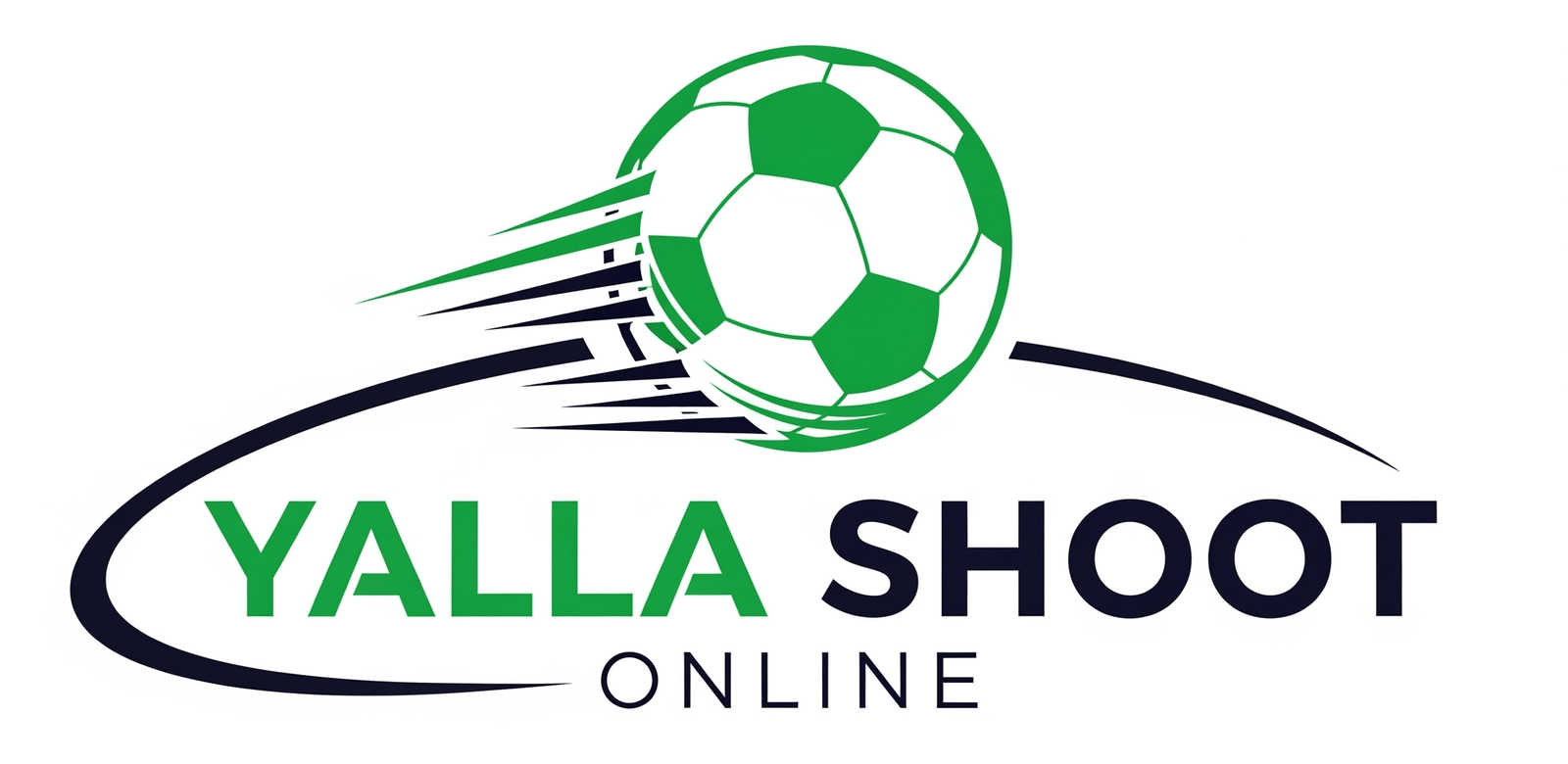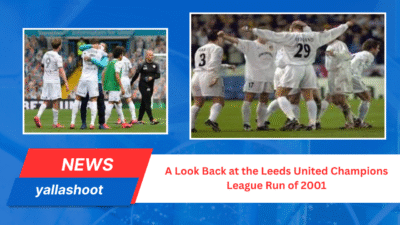New Semi-Automated Offside Technology has been making headlines in the world of football, but why has it become such a critical addition to the Champions League What problem does it solve, and how does it enhance the sport we love Fans have long debated whether referees can keep up with the speed and complexity of modern football, and the search for accuracy has never been more urgent
Over the years, even with VAR technology, offside calls have sparked endless controversies Was the striker’s toe ahead of the defender Was the ball played too early or too late These fine margins often decide the biggest matches and create debates that last for months Technology was needed not just to support referees but to provide clarity and fairness for players, coaches, and millions of fans watching worldwide
The Champions League is not just another competition; it represents the pinnacle of club football With enormous stakes on the line, a single mistake can mean the difference between glory and heartbreak That’s why governing bodies introduced a more advanced solution, supported by football technology, to ensure critical decisions are handled with unprecedented precision This is where semi-automated systems step in, combining limb-tracking, data collection, and 3D animation, delivering results in seconds while maintaining transparency for everyone.

How the New Semi-Automated Offside Technology Works
The strength of SAOT lies in its unique structure It is not simply an extension of VAR but a highly advanced solution designed specifically to solve one of football’s most debated issues—offsides
The Role of Limb-Tracking Technology
At the heart of the system is limb-tracking Cameras installed throughout the stadium capture up to 29 data points on every player’s body This includes the position of their feet, knees, elbows, and head Such precision ensures that the exact position of a striker’s boot or a defender’s shoulder is measured to the millimeter
Data Points and Sensor Accuracy
Each ball used in the Champions League is fitted with a sensor that communicates with the cameras around the stadium This sensor provides data on the ball’s exact location at any given millisecond Combining this with limb-tracking ensures decisions are based on undeniable evidence rather than referee perception
Creating Instant 3D Animation for Referees
Once the data is processed, referees and VAR officials are provided with instant 3D animation that visualizes the offside situation This not only speeds up decision-making but also allows fans in stadiums and at home to see a transparent representation of the call
Comparison Between VAR Offside Decisions and Semi-Automated Offside
The introduction of VAR brought hope, but it also introduced delays and confusion Semi-automated systems are designed to address those weaknesses
Speed of Decision-Making
VAR reviews often take two to three minutes Semi-automated systems cut this time drastically, often delivering results in under 25 seconds
Reducing Controversies
VAR decisions were often criticized as subjective With SAOT, the technology provides a clear visual that minimizes debate about whether an attacker’s toe or shoulder was offside
Fan Experience and Stadium Atmosphere
Fans in stadiums often felt left in the dark during long VAR reviews Now, semi-automated systems display animated visuals inside precision ensures, giving audiences real-time clarity
Benefits of New Semi-Automated Offside Technology in the Champions League
Fairness and Transparency
The main advantage of SAOT is fairness Every player and fan can see the exact reason why a goal was ruled offside This transparency increases trust in referees
Time Efficiency in the Game
By speeding up decisions, referees ensure the natural flow of the match is not interrupted, preserving the excitement of the Champions League atmosphere
Supporting Referees Rather Than Replacing Them
This technology is not here to replace referees but to support them Referees still make the final call; the system simply ensures they have the most accurate data
Challenges and Criticisms of Semi-Automated Offside
Technical Limitations
While highly advanced, no system is perfect Technical malfunctions, camera blind spots, or sensor delays could still occur
Acceptance Among Coaches and Players
Some coaches argue that technology removes the human aspect of football and that split-second margins should not decide massive games
Fans’ Mixed Reactions
While many support it, some fans feel that overreliance on technology makes football less emotional and spontaneous
Real-World Case Study: Champions League Matches Using SAOT
Key Matches Where Technology Was Decisive
During early testing phases, Champions League matches used SAOT to rule out critical goals The system proved vital in ensuring fairness in knockout stages
Lessons Learned from Implementation
UEFA officials noted that fan reception improved when animations were shown in stadiums and on broadcasts, creating more acceptance
The Future of Football Technology Beyond SAOT
Integration with VAR
Rather than replacing VAR, SAOT works alongside it VAR handles fouls, handballs, and penalties, while SAOT focuses specifically on offsides
Possibilities of AI-Driven Refereeing
With AI rapidly advancing, some experts believe future refereeing could be almost fully automated, though ethical and practical questions remain
Expanding to Domestic Leagues
Currently featured in the Champions League and FIFA tournaments, it’s likely we’ll soon see SAOT across major domestic leagues and even football apps where fans can follow live match decisions.

FAQs
Q1 What is the main purpose of the New Semi-Automated Offside Technology
Its main purpose is to improve accuracy and fairness in offside decisions while reducing delays in matches
Q2 How does limb-tracking technology contribute to SAOT
It monitors 29 body points of each player to determine precise positions relative to the ball and defenders
Q3 Is SAOT replacing VAR completely
No SAOT supports VAR but does not replace it VAR is still needed for other refereeing decisions such as penalties and fouls
Q4 How do fans benefit from SAOT
Fans gain transparency because instant 3D animations are shown during matches, reducing confusion
Q5 Which clubs have benefited most from SAOT in the Champions League
Clubs like Real Madrid have already seen fairer decisions in critical matches thanks to this system
Conclusion
The New Semi-Automated Offside Technology is more than just an upgrade—it represents a leap forward for the fairness and transparency of football By combining limb-tracking, sensors, and real-time 3D animation, UEFA has addressed one of the sport’s most controversial issues While challenges remain, the benefits clearly outweigh the drawbacks As the Champions League continues to evolve, one thing is certain: football will never look the same again, and fans around the world will enjoy a more transparent, fair, and technologically advanced version of the beautiful game










